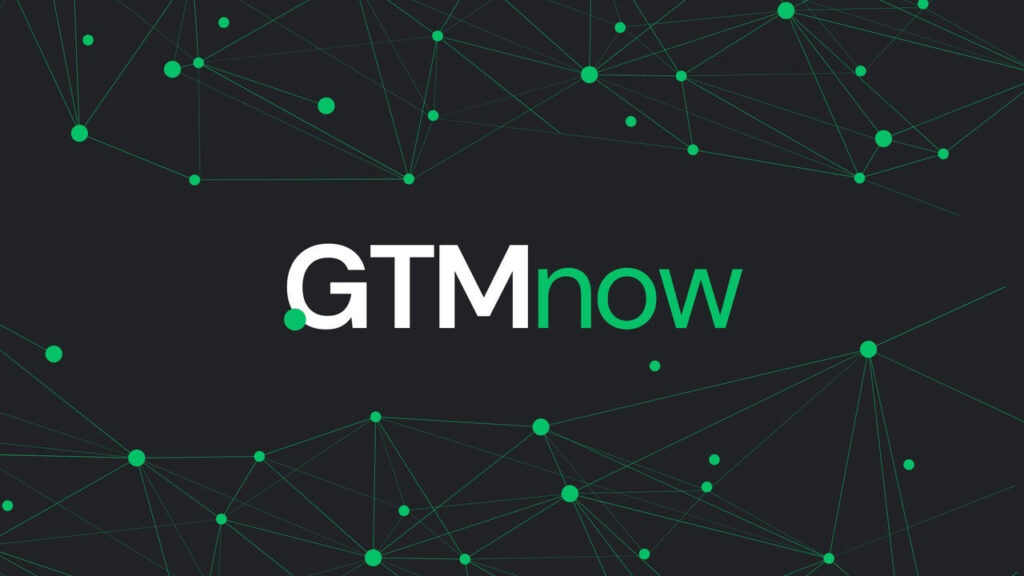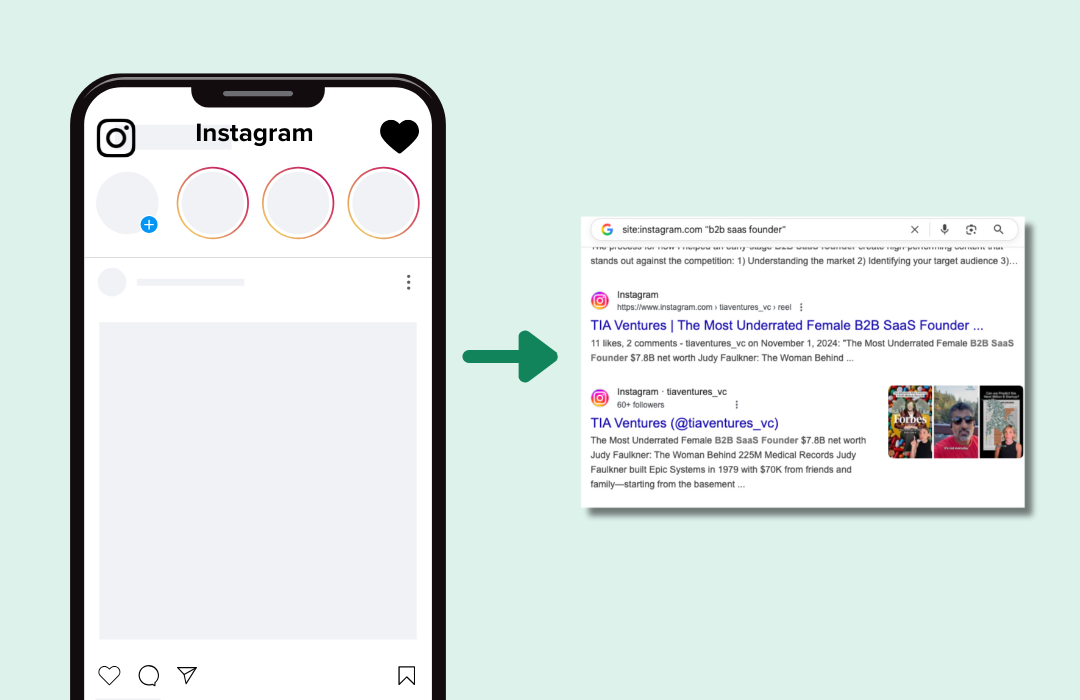Whether you’re ready or not, the COVID-19 outbreak has irrevocably changed the way you and your business is going to approach sales.
Over the next few months — or possibly longer as the effects of this crisis may continue far into the future — we’re all going to need to adapt to the challenges of managing a remote salesforce, selling without face-to-face meetings, and continuing to make sales in a time of economic uncertainty.
Adapting to these new sales challenges isn’t going to be easy, but it’ll be a whole lot easier with the right strategy and tools in place.
After gathering advice from 15 sales leaders and experts, here are a few key ways a sales engagement platform can help your business survive in a COVID-19 world.
Sales Engagement Platforms: The Right Tool For The Job
Regardless of the scenario or environment, one key fact remains true when it comes to sales: It’s all about developing relationships with your customers.
However, as more and more of us hunker down and prepare for self-isolation. Sales reps and marketers are now tasked with figuring out how to engage their audience without the benefit of meeting them in-person.
The great news is that we’re all living in the 21st century and that the world is more interconnected than ever.
Brands can connect with their audience across a wide variety of channels, whether it’s social media, email, or the good ol’ telephone.
According to the TOPO Sales Development Benchmark Report, 80% of high-performing sales teams communicate with their customers at least 15.5 times over 3 different channels before making a sale. Furthermore, the report found that 92% of organizations ranked sales engagement platforms as being critical to their success.
 Image via TopoHQ
Image via TopoHQ
Unlike a CRM, a sales engagement platform’s sole purpose is to help sales reps effectively track, monitor, and optimize their interactions with customers. This is where having a sales engagement platform comes in handy.
The right platform can help CSOs and their sales force process leads faster, keep better track of KPIs, and devote more of their precious time to developing the customer relationship.
RELATED: Sales Engagement: The Intersection of Sales and Science
But simply having a sales engagement platform isn’t going to magically make you or your team better. That brings us to…
Embrace Your Data
One of the scariest things for CSOs and business leaders right now is that there isn’t a definite playbook on how to generate sales. The very landscape of the business world has changed, and everyone is trying to figure out what the best way to move forward is.
While facing the unknown can be a scary prospect, what we do know for certain is that the businesses and brands that come out on top of tough situations like this are the ones that take a deep dive into their data and analytics. Instead of relying on gut feelings and hunches, take advantage of the data you have to help you make the right decisions.
The most straightforward and simple way for you to do that is to closely monitor and track the performance of your sales reps.

With a sales engagement platform, you can track everything from the number of cold emails sent to the amount of time spent on a call.
This means that you can not only quickly figure out who your most successful sales reps are, but why they’re so successful. The data and information you gain can be used to develop new sales tactics, detect upcoming trends and train sales reps, ensuring that everyone on your team is performing at peak capacity.
You might find out that a certain sales message is working better than others or that your prospects respond better to short sales calls over long video sessions. All of this is valuable information that can easily be leveraged to help you continue meeting and beating your sales targets.
Regularly Engage with Existing Customers
More than ever, now is the time to engage with your customers. I don’t mean by blasting out a dozen update emails about what you’re doing as a company. Instead, you should be actively creating situations where you can listen to what your customers have to say.
One of the best things any business can do at the moment is prioritize maintaining and building the customer relationships they have right now.
While it’s important to continue to chase sales and land new deals, that doesn’t mean you should be neglecting your existing customers.
In a world of shifting priorities, everyone is looking for an excuse to cut expenses and save money. Don’t let a lack of communication and engagement lose you customers.

Take advantage of your sales engagement platform to figure out which of your sales reps have the best rapport with each of your customers and task them with reaching out to them personally. Invite long-term customers for a virtual coffee, and ask them to share the problems and paint points they’re facing right now.
It’s an incredibly simple gesture, but it’s one that can go very far in making your customers feel like they’re valued and are being heard.

Go even further by developing an engagement sequence designed to help you better navigate these interactions.
By engaging existing customers and empathetically listening to their concerns, your sales team can better understand how to provide value to your customers. This will also ensure that you are continuing to develop that all-important sense of customer trust and loyalty.
Adopt an Account-Based Marketing (ABM) Approach
As we move away from in-person selling, we’re seeing more and more businesses compensate by adopting an account-based marketing (ABM) approach. Meaning that instead of casting as wide net as possible, the goal is to curate a targeted list of prospects and tailor a content campaign around that individual.
RELATED: Everything You Need to Know About Account-Based Sales [Guide]
According to the Alterra Group, ABM campaigns produce a 97% higher ROI in comparison to other marketing strategies. Furthermore, research from Marketo found that organizations who used ABM strategies were able to generate up to 27% more sales revenue, achieve a 42% higher conversion rate, and onboard new sales reps 33% faster.
 Image via Marketo
Image via Marketo
The key to getting started with ABM is taking great care to research and qualify your prospect list.
For example, at Bizible they first identified 37 high-value accounts they wanted to approach. They then designed a marketing campaign specifically for these prospects.
Their campaigns began by first sending their prospects a physical care package which included a copy of their Total Economic Impact Bible, a donation to an environmental charity in the prospect’s name, and a handwritten card. Afterwards, Bizible would follow up with the prospect and direct them to a landing page that was designed specifically for that prospect.
In the end, this personalized approach was so effective that Bizible was able to generate over $33,000 in additional revenue and beat their sales quota by 15%.
 Image via Single Grain
Image via Single Grain
Just because you can no longer hold face-to-face meetings doesn’t mean you can’t continue to make prospects feel valued.
Final Thoughts
The COVID-19 situation is undoubtedly one that presents new issues and challenges that many business leaders and sales reps have never had to deal with before.
But if there’s one thing we know for certain it’s that, in a time of crisis, it’s the ones who are able to adapt and evolve quickly that come out on top.
How are you adjusting your sales strategy? Any tactics or techniques that have been working for you? Let us know in the comments below!







